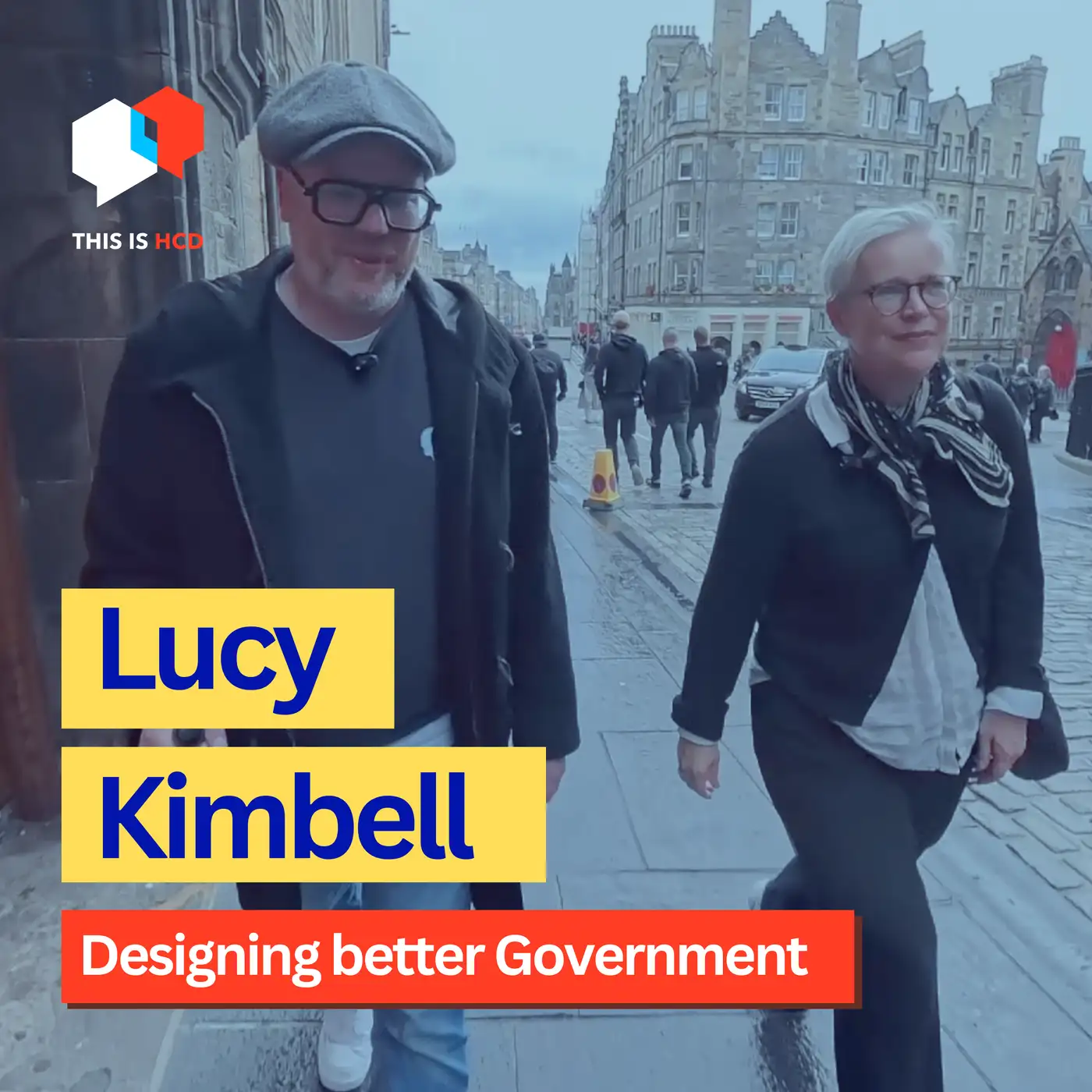🎉 Gerry Scullion is writing a new book 'This is Human Centered Design' with BIS Publishers. Want to get early access, share your feedback, and submit a case study to be featured in the book?
Hey folks, welcome to Bringing Design Closer, the podcast focussed on discussing Designs role in tackling sometimes complex societal issues. My name is Gerry Scullion, and I’m a service designer, and founder of This is HCD and CEO of This is Doing - we provide live online design and innovation classes , providing training for people within the Design and change-making space. We also have our new Doing Design Festival series now, with the next event on June 18 with the theme ‘Doing Design Online’ with some of the TiD talking about loads of related its. More info see doingdesignfestival.com
Before we jump into this episode, I wanted to alert listeners that this episode may contain content that is triggering to some people. In it we discuss sexual abuse and working with Design alongside issues of trauma.
Today on the show we have Rachael Dietkus a phenomenal person and advocate for trauma led approaches in design.
First and foremost, Rachael is a social worker, based 2-hours south of Chicago in Urbana Champaign in Illinois. We speak in depth about trauma as a societal problem, that is owned by all. We go into the details around working in this space and the affects it can have on change-makers, and how we, as designer and change makers are very much exposed to this reality. How might we protect Designers from likely vicarious traumas in this space? How can we prepare the next wave of change-makers to be ready? We speak about what Designers need to be aware of when approaching some of the most sensitive subjects known, such as child sexual abuse, domestic violence etc. Can and should Design be seen as the saviour? It is a big conversation, and a wonderful one that is pretty raw.
This transcript was created using the awesome, Descript. It may contain minor errors.
Here's our last three episodes from This is HCD.


